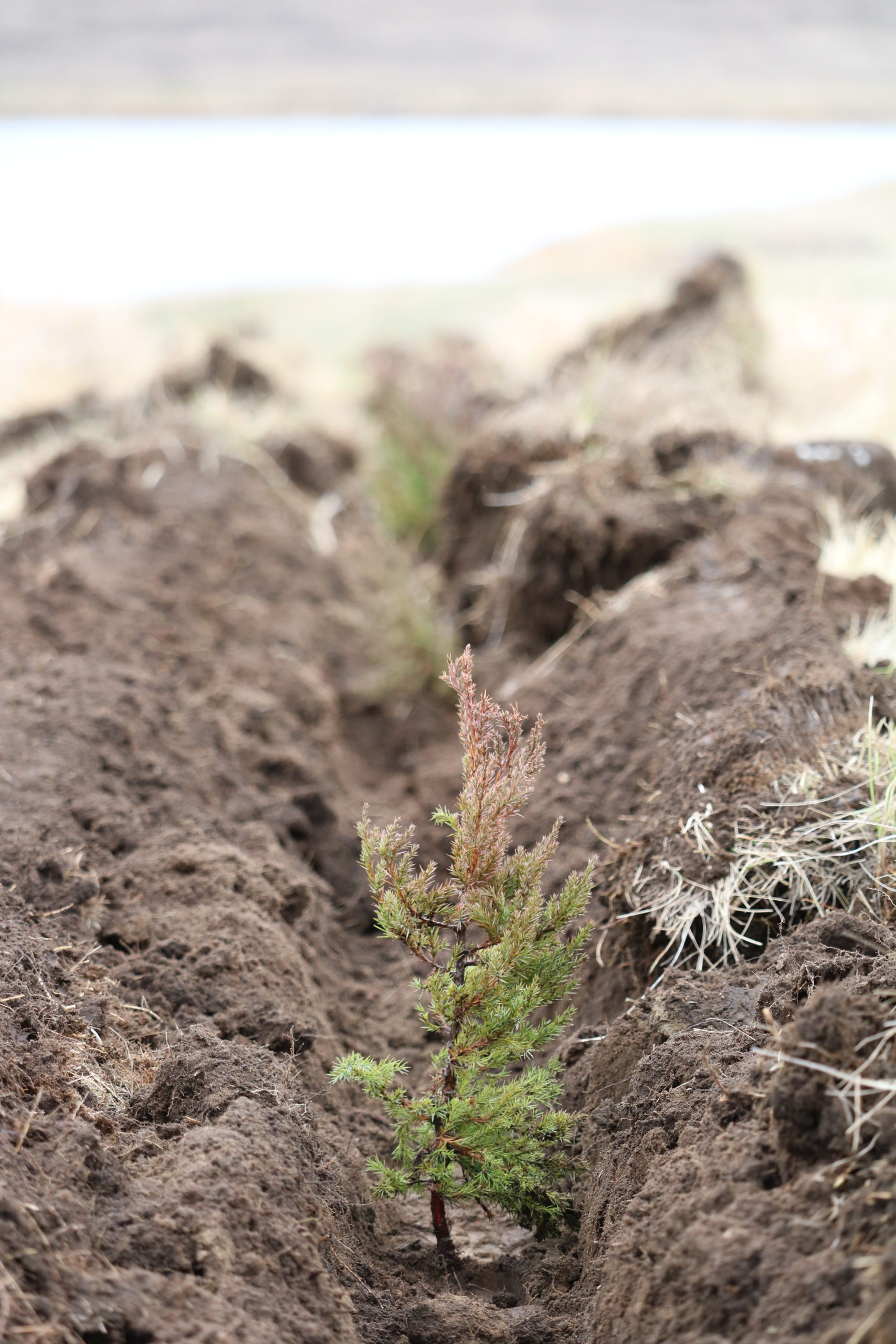BAKKEN BENEFITS
SUSTAINABILITY
ADVANCING THE POSSIBILITIES
PROSPERITY
OPPORTUNITY
INNOVATION
SECURITY
PROGRESS
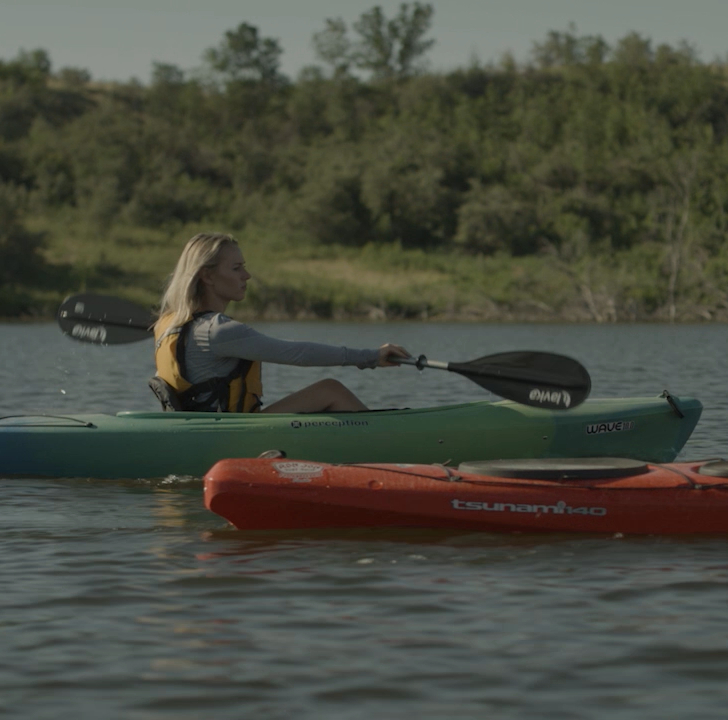

Cleaner. Smarter. Better.
We want clean air, water and land that we can pass on for generations to come. With new technology and practices focused on environmental stewardship, we can continue to provide jobs and continued prosperity while still protecting our state.
With technology, we can and are reducing our operational footprint, leaving more farmland, pastureland, prairie and habitat untouched. Innovation is also helping reduce emissions and increase efficiencies to ensure none of our precious resources are going to waste.
Industry members and the North Dakota Petroleum Foundation are also committed to conservation and donate time and services to wildlife groups and causes that revitalize and improve habitat.
SMALLER FOOTPRINT
Oil and natural gas wells in the Bakken use less than 1 percent of the land.
Horizontal drilling allows for greater production with less land.
Through new technologies like horizontal drilling and hydraulic fracturing, oil and gas companies have been able to minimize impact to the land while increasing production.
Prior to the 1990s, most wells were completely vertical (or drilled straight down), but the pace of horizontal drilling technology development and its use has accelerated rapidly. This ability to access production zones horizontally is vial to recovering additional, hard-to-reach reserves while reducing overall environmental impact.
In North Dakota, a typical deep horizontal well can replace as many as eight vertical wells, which reduces the overall physical footprint on the landscape.
Pad drilling has also helped to increase efficiency. This technique allows a number of separate wells to be drilled from the same location. By keeping drilling and production on one location, producers are able to avoid clearing larger areas of land and reduce the number of roads and pipelines needed to service dozens of wells. Today’s typical horizontal pad sites range from three to five acres in size.
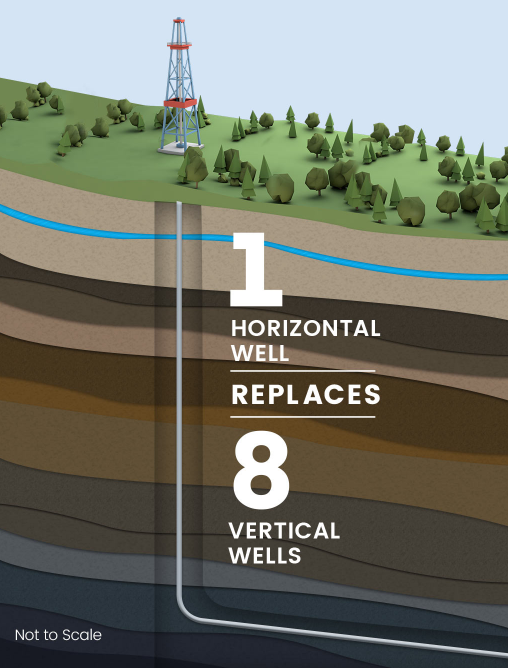
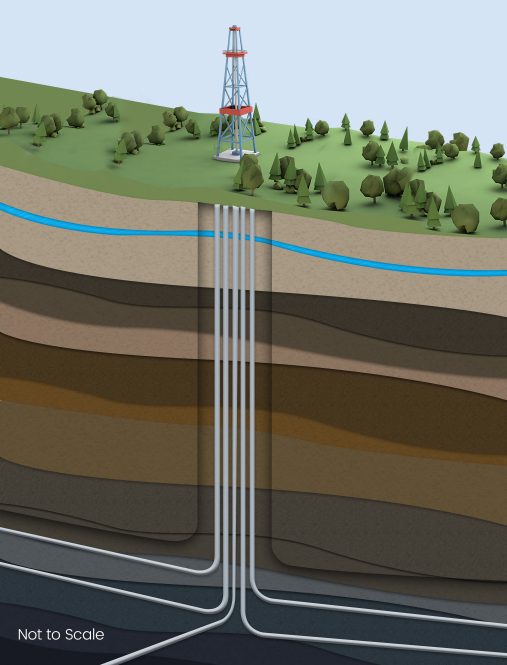
Regulations, technology and stringent construction guidelines protect water resources.
Water and energy. These two critical resources are inextricably and reciprocally linked.
The production of energy requires water while the treatment of water is equally dependent upon readily available energy. Without water, U.S. oil and natural gas production would be impossible.
In North Dakota, proven practices, advanced technologies and the highest quality materials are used to ensure that our water remains protected, clean and safe.
High-strength protective steel casings and cement are used to isolate wellbores from their surroundings, protecting freshwater zones throughout the drilling, completion and production phases of the well. Producers also comply with stringent regulatory standards and state permitting guidelines to ensure our water remains protected.
To ensure the safety of freshwater aquifers, heavily reinforced protective casings are used to separate the wellbore from its surroundings. This casing is set to a minimum distance of 200 feet into the first permeable rock layer beneath drinking water sources, or approximately 2,200 feet below the surface.
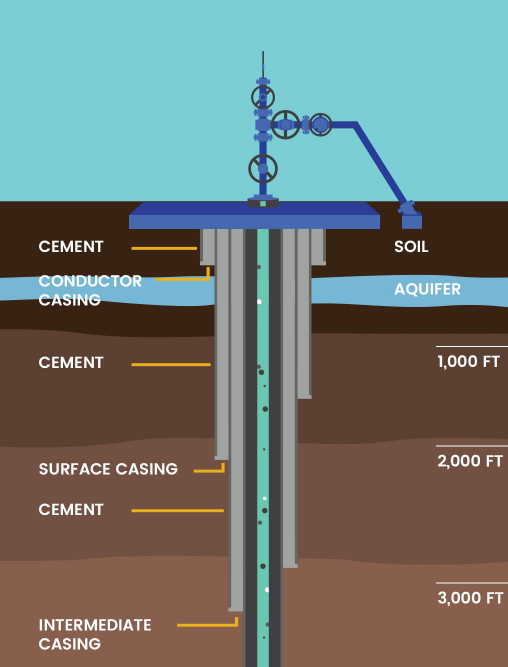
WATER PROTECTION
Pipelines:
America’s Lifelife
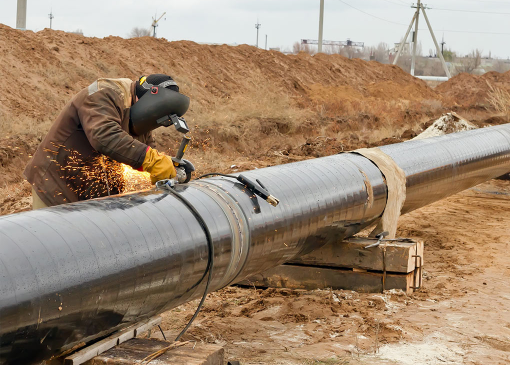
The energy we use everyday isn’t always local. Sometimes, oil and natural gas products originate from thousands of miles away, transported in underground pipelines from refineries and natural gas plants to communities all over the country.
While many forms of transportation are used to move other products to marketplaces, pipelines are the safest, most efficient and economical way to move these natural resources.
America depends on an extensive network of pipelines to safely and efficiently move energy and raw materials to fuel our nation’s economic engine and almost every activity of everyday life.
Those pipelines are the unsung heroes of many utilities – including liquid petroleum pipelines and natural gas pipelines. They safety go through neighborhoods and communities, stretch across farms, forests, deserts and everywhere in between. These same pipelines provide fuel to generate electricity and the building blocks for fertilizers to increase crop production.

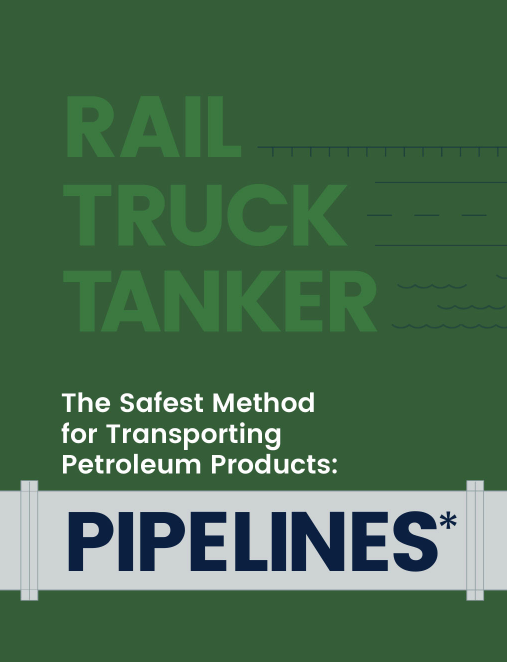
Today’s oil and natural gas pipelines are made to ensure the safe transport of energy resources for decades to come. America’s pipelines are built using proven technologies with the highest quality materials and construction standards under strict adherence to federal, state and local regulations. Pipes are inspected to assure they meet stringent safety standards before installation.
*According to the National Transportation and Safety Board.
Creating a legacy for future generations.
Our outdoor heritage is important to North Dakotans, and the state’s oil and gas industry is advancing the possibilities for conservation. The North Dakota Outdoor Heritage Fund receives up to $30 million per biennium from oil and gas taxes, which goes to projects that improve access to the outdoors, enhance agricultural stewardship, restore habitat, and conserve natural areas for recreation. To date, more than $46 million has gone to 165 projects across the state.
The North Dakota Petroleum Foundation and industry companies also continue to do their part by donating funds and services to organizations and causes committed to conservation. The Foundation raises more than $20,000 annually for conservation projects, and through its Planting for the Future Program, it has planted more than 234,000 trees since 2018 for future habitat.

